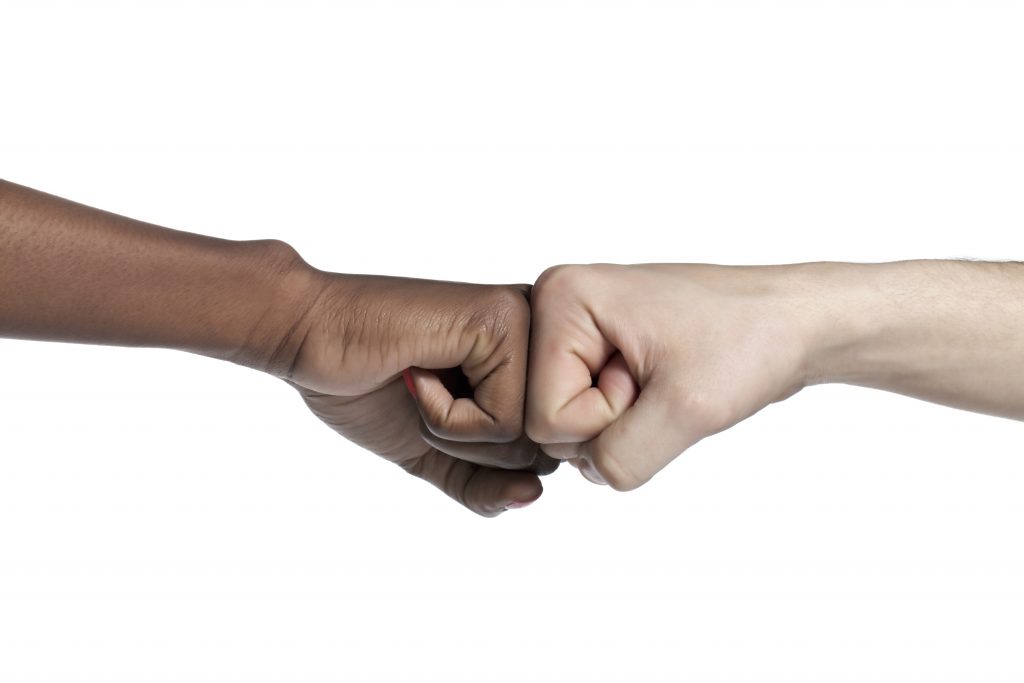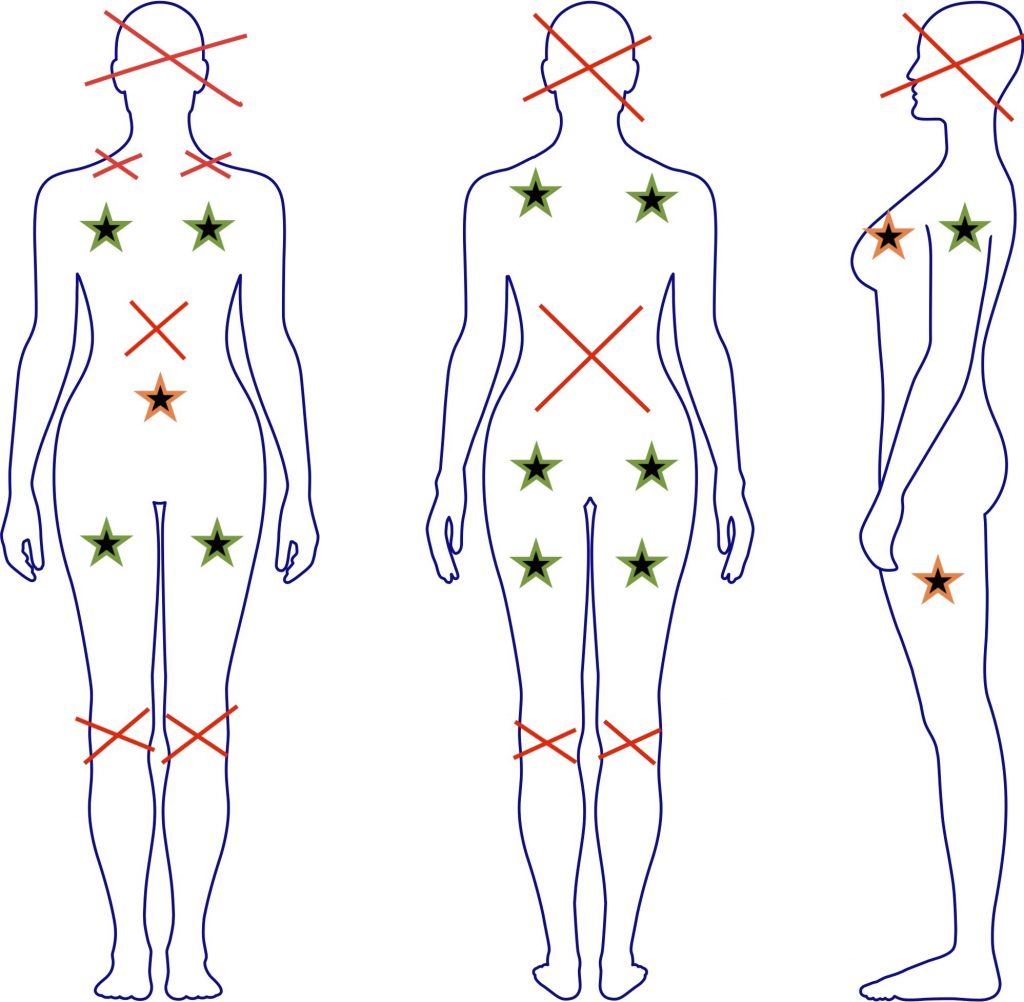
We may earn a small commission (at no additional cost to you) if you make a purchase via the
Kink Academy link below.
Spanking, flogging, and even whipping are all accepted forms of impact play for many kinksters, but rough body play—punching, slapping, kicking, and so on—can make even experienced players flinch (pun intended). Punching in particular seems to get a bad rap even though it can be an intensely visceral way of connecting to your partner if done the right way.
Punching is a regular part of our play, but has often been met with skepticism or “you do you, but I would never do that” reactions when it’s come up in online forums. This is likely because punching (unlike flogging, spanking, caning, etc.) is commonly seen as an uncontrolled, angry reaction associated with domestic abuse or hand-to-hand combat. But in reality, punching in BDSM is just as controlled and precise, if not more so, as any other form of impact and bears no resemblance to actual fighting.
Why Punching?
There are a variety of reasons to incorporate punching into your play:
- To enhance struggling and fighting during CNC scenes
- A quieter alternative to spanking
- To subvert or exploit the taboo associated with it
- Humiliation
- Masochism
Initially, we experimented with it as a quieter form of impact but then grew to love it for other reasons, especially as a part of CNC.
How to Punch
How hard can it be? You just make a fist and swing, right? WRONG. Punching someone during play is not the same as punching someone in a fight. It’s called play for a reason; you aren’t trying to actually hurt the person. There are three main aspects to proper punching technique:
- Strength. Do not put all your strength into a punch. Aim to use about 50–60 percent of your full strength. (Obviously this can vary depending on the size/strength of the top and the bottom.)
- Fist. To avoid doing real damage to your own hand or the bottom’s body, form a loose fist and use the flat part (as shown in the fist bump picture above), not your knuckles as you would in a fight. Also, make sure your thumb is on the outside of your fingers, not folded underneath them.
- Distance. Don’t wind up the punch by bringing your arm way back. Instead, strike from about six inches away from the target area. You can still generate quite a blow from this distance while remaining in control.
Where to Punch
As a general rule, aim for the softer, fleshier parts of the body and avoid joints, bonier areas, and delicate organs, as shown in the image and chart below. You do not want to risk broken bones or internal damage.

Yes (Green Stars)
- Below the collar bone (but above the breasts)
- Upper arms
- Butt
- Inner and outer thighs (note that inner thighs
- bruise much more easily than outer)
- Shoulder blades (as long as they’re flattened)
Maybe (Orange Stars)
- Breasts (repeated punching can break down breast tissue)
- IT band (can be a way to drop someone quickly, which might not be appreciated unless pre-negotiated)
- Stomach (must be tensed first to avoid damage to organs; contrary to popular belief, Houdini did not die just from being punched in the stomach, but it can result in serious injury nonetheless)
No (red X)
- Head, face, neck (too many delicate bones)
- Joints (such as elbows or knees)
- Lower back (risk of kidney damage)
- Sternum
Start out with the “yes” areas first and, if you’re interested, move on to the “maybes” only once you’ve mastered proper technique. While some edge players venture into the “Nos,” we don’t advise it without copious research and expertise in rough body play.
Negotiation and Practice
Before you introduce punching into your next scene, negotiate with your partner to make sure they’re interested in trying it and to learn about any injuries or health issues that may limit where and how hard you can punch. For example, if a woman’s breasts are tender before her period, breasts may be completely off limits. Also determine whether and where bruising is acceptable.
Next, practice! This may sound odd and somewhat clinical, but it’s the best way to ensure you’re doing it right. Experiment on different parts of the body and ask for/give feedback. If you’re the bottom, let the top know whether the intensity of the punch is too much, not enough, or just right; if any blows cause unwanted pain; whether the shape of the fist feels too knuckly, etc.
If you’re the top, make sure you’re striking in a controlled manner and that your hand isn’t getting sore. It’s also a good idea to practice punching with both hands for maximum versatility.
Additional Resources
Taking a class is always a great way to learn more about any kink activity. But if classes aren’t accessible in your area, there are a number of instructional videos on Kink Academy by Eternal Angel, Roughinamorato, and others that show proper technique for punching and other kinds of rough body play. And if you’re interested in other forms of rough body play, check out our post on face slapping as well.